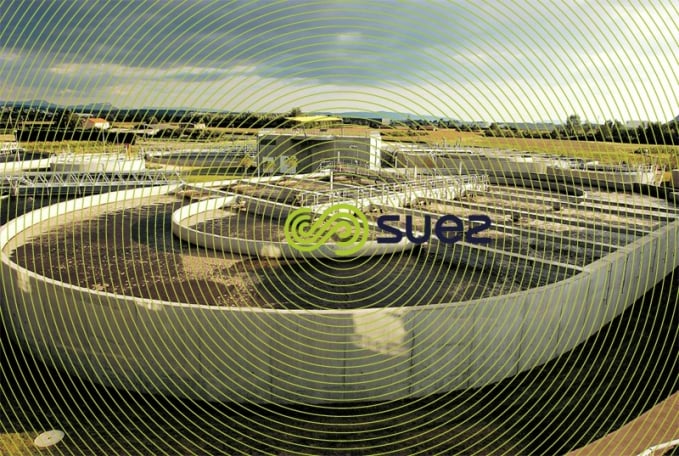fundamental biological engineering processes applicable to water treatment



Biological treatment of water makes use of a wide range of micro-organisms and, primarily, of bacteria (see importance of aquatic micro-organisms for the water treatment specialist). These micro-organisms convert the biodegradable organic matter found in wastewater into simple products, such as carbon dioxide and additional biomass. Depending of the environment, biological processes can be divided into aerobic, anaerobic or anoxic digestion processes (see biology of water).
These treatments that are the heart of UWW and IWW treatment plants (mainly biodegradable organic pollution), are equally important to the resulting sludge (see liquid sludge stabilisation or sludge composting).These treatments also form the basis of many processes used in potable water processing and which, given their specific nature, can be found in the section biological engineering applications in potable water treatment of this chapter.
Descriptions of the relevant technologies can be found in the chapter biological processes while systems and examples of applications have been grouped together in chapters drinking water treatment, treating municipal wastewater and industrial processes and effluent treatment.
Bookmark tool
Click on the bookmark tool, highlight the last read paragraph to continue your reading later












